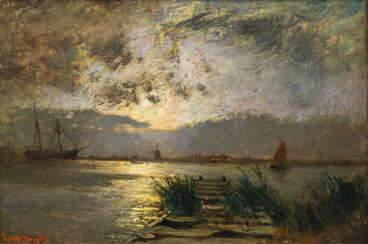колонии художников

Hans am Ende was a German Impressionist painter.
In 1889 he co-founded the artists' colony in Worpswede with Fritz Overbeck, Otto Modersohn, and Heinrich Vogeler. In 1895 this group exhibited in the Kunsthalle Bremen and at the Glaspalast in Munich, which brought them national recognition. In 1900 the poet Rainer Maria Rilke travelled to Worpswede and befriended the artist's colony, eventually writing essays about each of its members.


Carl Emil Uphoff (German: Carl Emil Uphoff) was a German painter and writer who worked in the artists' colony of Worpswede. He first studied at the Folkwang-Kreis under Christian Rolfs and then on study trips to Belgium, Holland and France. In Paris he was promoted by Henri Matisse.
Karl Emil Uphoff was a member of the NSDAP and the Nazi community Kraft durch Freude.


Friedrich Wilhelm Otto Modersohn was a German painter of the late 19th and first half of the 20th centuries. He is known as a landscape painter, a representative of the Barbizon School.
Otto Modersohn produced Barbizonian-style landscapes early in his career, but from about 1890 his style became more expressionist, with an emphasis on his choice of colors. The death of his second wife influenced his style: the colors became darker and the images more stark. Modersohn was one of the founders of the Worpswede artists' colony. A large collection of his works is kept in the Modersohn Museum in Fischerhude, and a street in Berlin is also named after him.


Friedrich Wilhelm Otto Modersohn was a German painter of the late 19th and first half of the 20th centuries. He is known as a landscape painter, a representative of the Barbizon School.
Otto Modersohn produced Barbizonian-style landscapes early in his career, but from about 1890 his style became more expressionist, with an emphasis on his choice of colors. The death of his second wife influenced his style: the colors became darker and the images more stark. Modersohn was one of the founders of the Worpswede artists' colony. A large collection of his works is kept in the Modersohn Museum in Fischerhude, and a street in Berlin is also named after him.

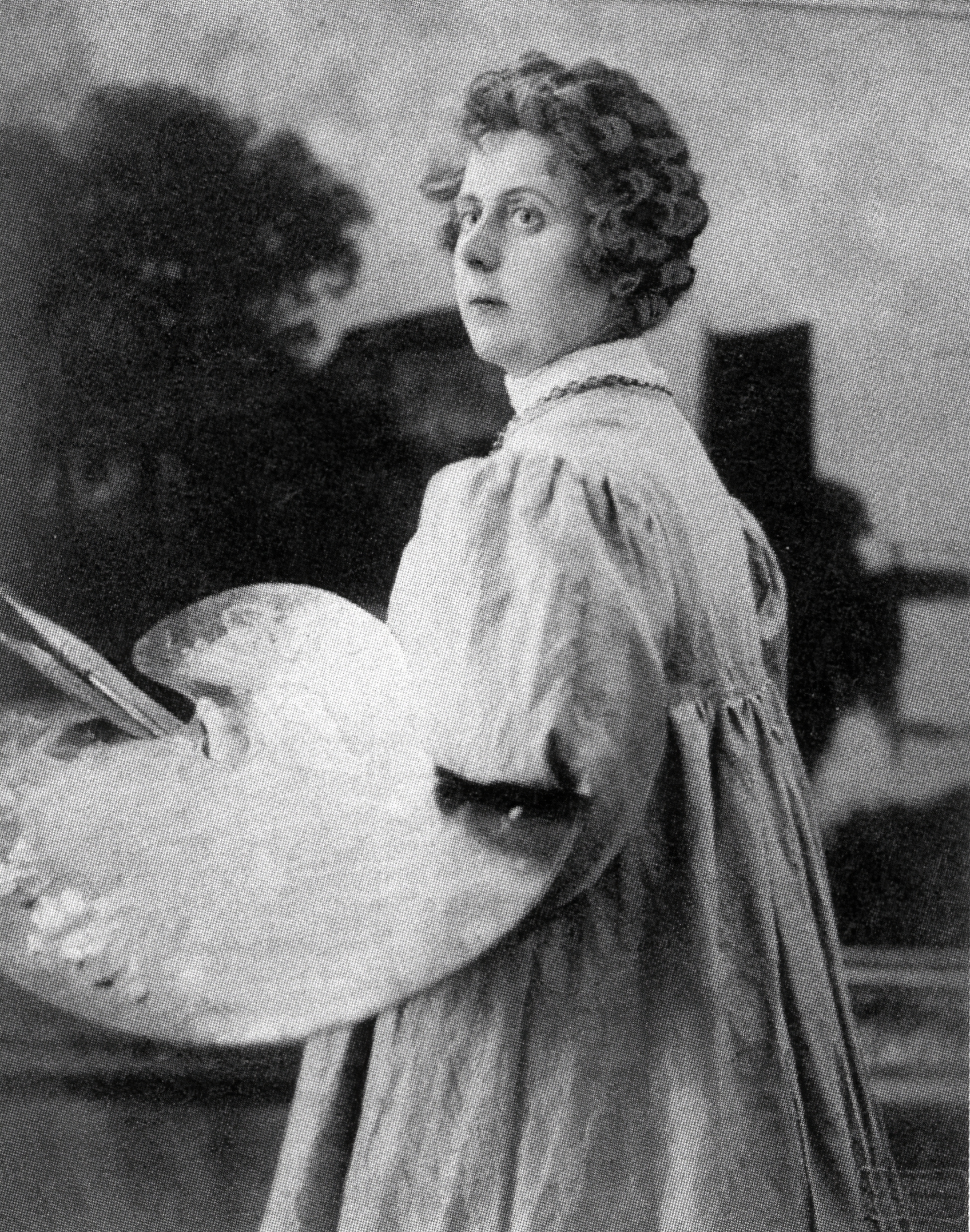
Sophie Wencke-Meinken was a German painter.

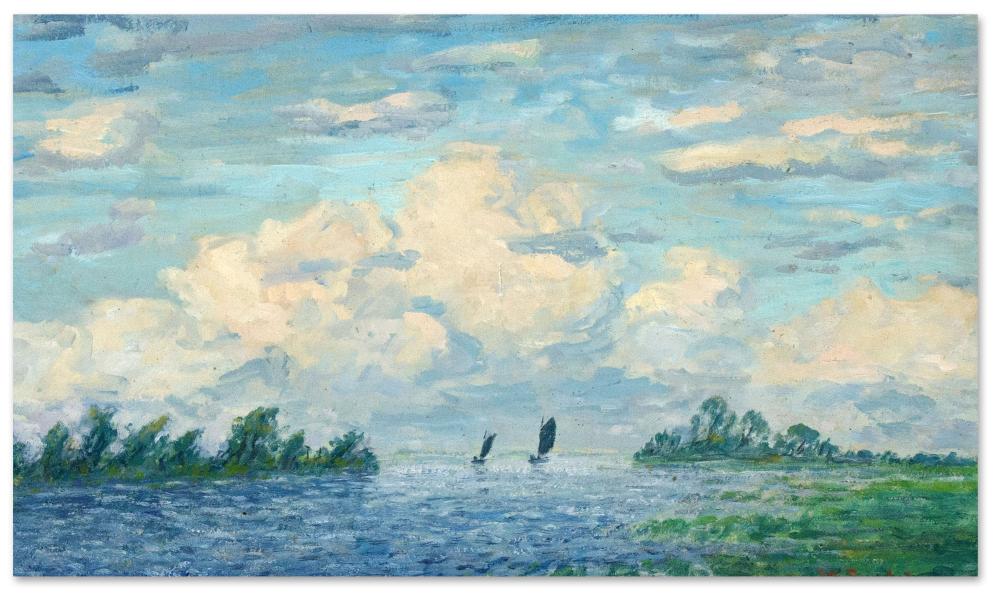




Lisel Oppel, actually Anna Amalie Elisabeth Oppel, was a German painter and ceramist who remains to this day one of the most memorable members of the Worpswede artist colony. From 1917 she studied painting at the Academy of Fine Arts in Munich with Richard Riemerschmid and Hermann Gröber.
Liesel Oppel painted simple paintings with great joy and colourfulness; mainly portraits, people at work and on holidays, less often pure landscapes. One of Oppel's special pictorial themes was children's pastimes in the countryside, in which she adopted and extended the motifs of the early Worpswede artists. Most of her work was created in the 1950s. She continued her expressive painting style.


Lisel Oppel, actually Anna Amalie Elisabeth Oppel, was a German painter and ceramist who remains to this day one of the most memorable members of the Worpswede artist colony. From 1917 she studied painting at the Academy of Fine Arts in Munich with Richard Riemerschmid and Hermann Gröber.
Liesel Oppel painted simple paintings with great joy and colourfulness; mainly portraits, people at work and on holidays, less often pure landscapes. One of Oppel's special pictorial themes was children's pastimes in the countryside, in which she adopted and extended the motifs of the early Worpswede artists. Most of her work was created in the 1950s. She continued her expressive painting style.


Lisel Oppel, actually Anna Amalie Elisabeth Oppel, was a German painter and ceramist who remains to this day one of the most memorable members of the Worpswede artist colony. From 1917 she studied painting at the Academy of Fine Arts in Munich with Richard Riemerschmid and Hermann Gröber.
Liesel Oppel painted simple paintings with great joy and colourfulness; mainly portraits, people at work and on holidays, less often pure landscapes. One of Oppel's special pictorial themes was children's pastimes in the countryside, in which she adopted and extended the motifs of the early Worpswede artists. Most of her work was created in the 1950s. She continued her expressive painting style.


Lisel Oppel, actually Anna Amalie Elisabeth Oppel, was a German painter and ceramist who remains to this day one of the most memorable members of the Worpswede artist colony. From 1917 she studied painting at the Academy of Fine Arts in Munich with Richard Riemerschmid and Hermann Gröber.
Liesel Oppel painted simple paintings with great joy and colourfulness; mainly portraits, people at work and on holidays, less often pure landscapes. One of Oppel's special pictorial themes was children's pastimes in the countryside, in which she adopted and extended the motifs of the early Worpswede artists. Most of her work was created in the 1950s. She continued her expressive painting style.


Lisel Oppel, actually Anna Amalie Elisabeth Oppel, was a German painter and ceramist who remains to this day one of the most memorable members of the Worpswede artist colony. From 1917 she studied painting at the Academy of Fine Arts in Munich with Richard Riemerschmid and Hermann Gröber.
Liesel Oppel painted simple paintings with great joy and colourfulness; mainly portraits, people at work and on holidays, less often pure landscapes. One of Oppel's special pictorial themes was children's pastimes in the countryside, in which she adopted and extended the motifs of the early Worpswede artists. Most of her work was created in the 1950s. She continued her expressive painting style.


Paul Müller-Kaempff was a German painter, illustrator and lithographer. He is associated with the Düsseldorf school of painting.


Paul Müller-Kaempff was a German painter, illustrator and lithographer. He is associated with the Düsseldorf school of painting.


Paul Müller-Kaempff was a German painter, illustrator and lithographer. He is associated with the Düsseldorf school of painting.


Carl Ludwig Christoph Douzette, known as Louis Douzette, was a German landscape painter.


Carl Ludwig Christoph Douzette, known as Louis Douzette, was a German landscape painter.





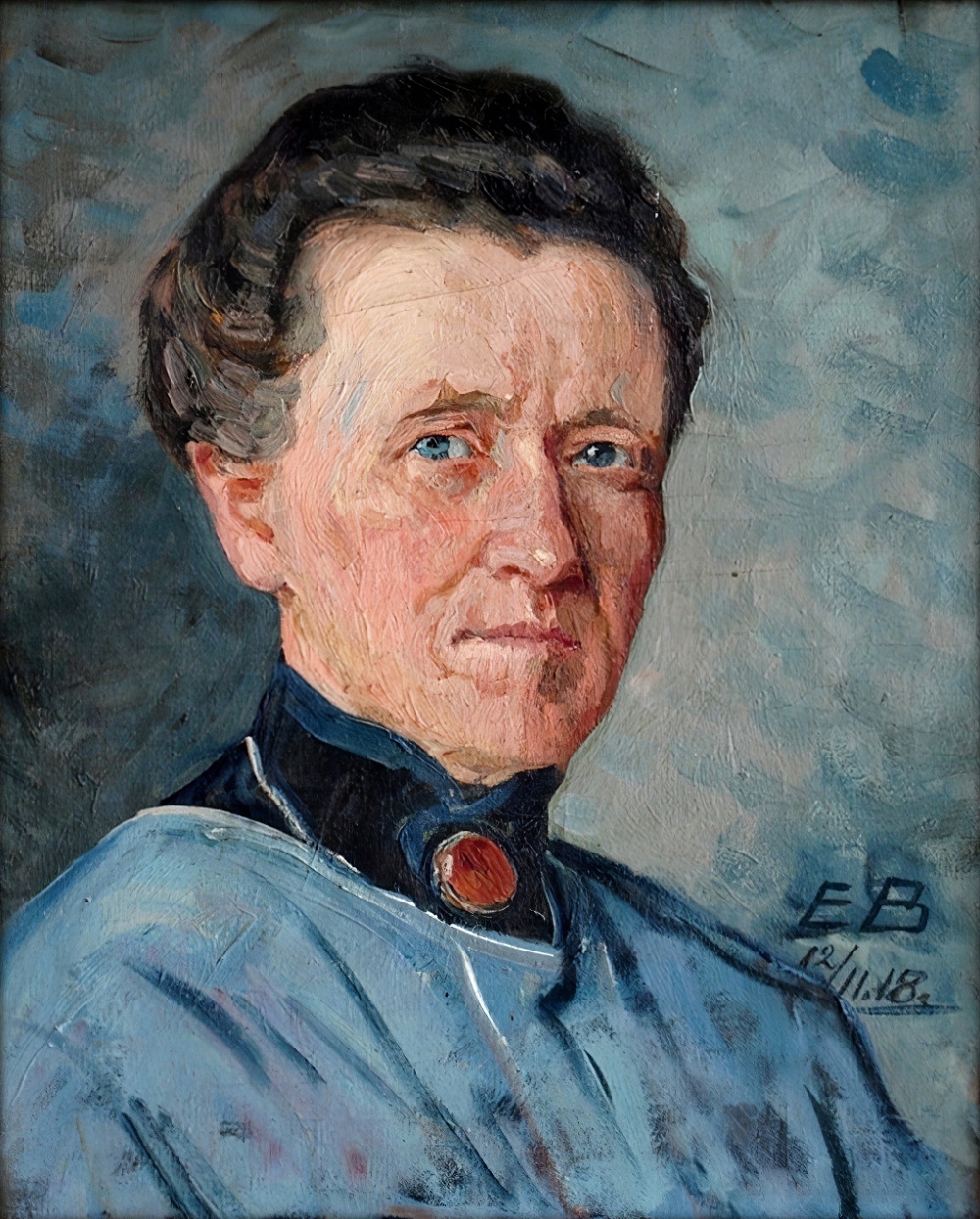
Elisabeth Büchsel, full name Elisabeth Charlotte Helene Emilie Büchsel, was a German artist. She studied painting in Berlin, Dresden, Paris and Munich.
Elisabeth Büchsel painted mainly portraits and landscapes of Rügen and Stralsund. From 1904 she lived and worked on the island of Hiddensee from spring to autumn.
Büchsel was a member of the Association of Visual Artists of Germany.


Elisabeth Büchsel, full name Elisabeth Charlotte Helene Emilie Büchsel, was a German artist. She studied painting in Berlin, Dresden, Paris and Munich.
Elisabeth Büchsel painted mainly portraits and landscapes of Rügen and Stralsund. From 1904 she lived and worked on the island of Hiddensee from spring to autumn.
Büchsel was a member of the Association of Visual Artists of Germany.


Elisabeth Büchsel, full name Elisabeth Charlotte Helene Emilie Büchsel, was a German artist. She studied painting in Berlin, Dresden, Paris and Munich.
Elisabeth Büchsel painted mainly portraits and landscapes of Rügen and Stralsund. From 1904 she lived and worked on the island of Hiddensee from spring to autumn.
Büchsel was a member of the Association of Visual Artists of Germany.


Elisabeth Büchsel, full name Elisabeth Charlotte Helene Emilie Büchsel, was a German artist. She studied painting in Berlin, Dresden, Paris and Munich.
Elisabeth Büchsel painted mainly portraits and landscapes of Rügen and Stralsund. From 1904 she lived and worked on the island of Hiddensee from spring to autumn.
Büchsel was a member of the Association of Visual Artists of Germany.

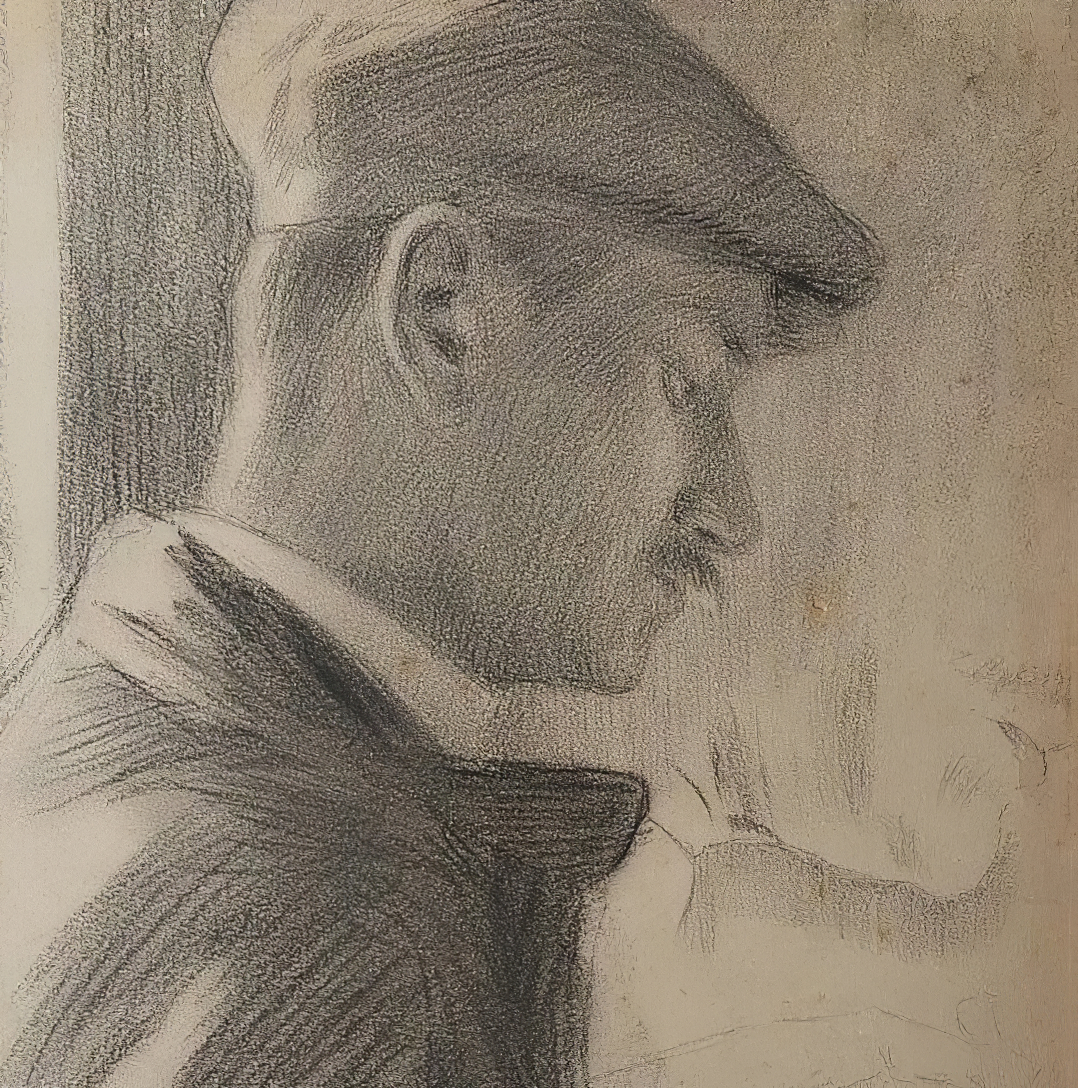
Georg Burmester was a German artist of the late 19th - first third of the 20th centuries. He is known as a painter, graphic artist, impressionist, representative of the Düsseldorf art school, and teacher.
Burmester worked mainly in the genres of landscape and marinas, but among his works there are also still lifes, as well as works in the genre of nude. He was a teacher at the Kassel Art School from 1912 to 1930 and was promoted to the rank of professor in 1917.


Heinrich Blunck, also Blunck-Heikendorf was a North German painter and lithographer.


Heinrich Blunck, also Blunck-Heikendorf was a North German painter and lithographer.


Hans Peter Feddersen the Younger is a German painter, master of landscape and genre painting of Friesland.










































